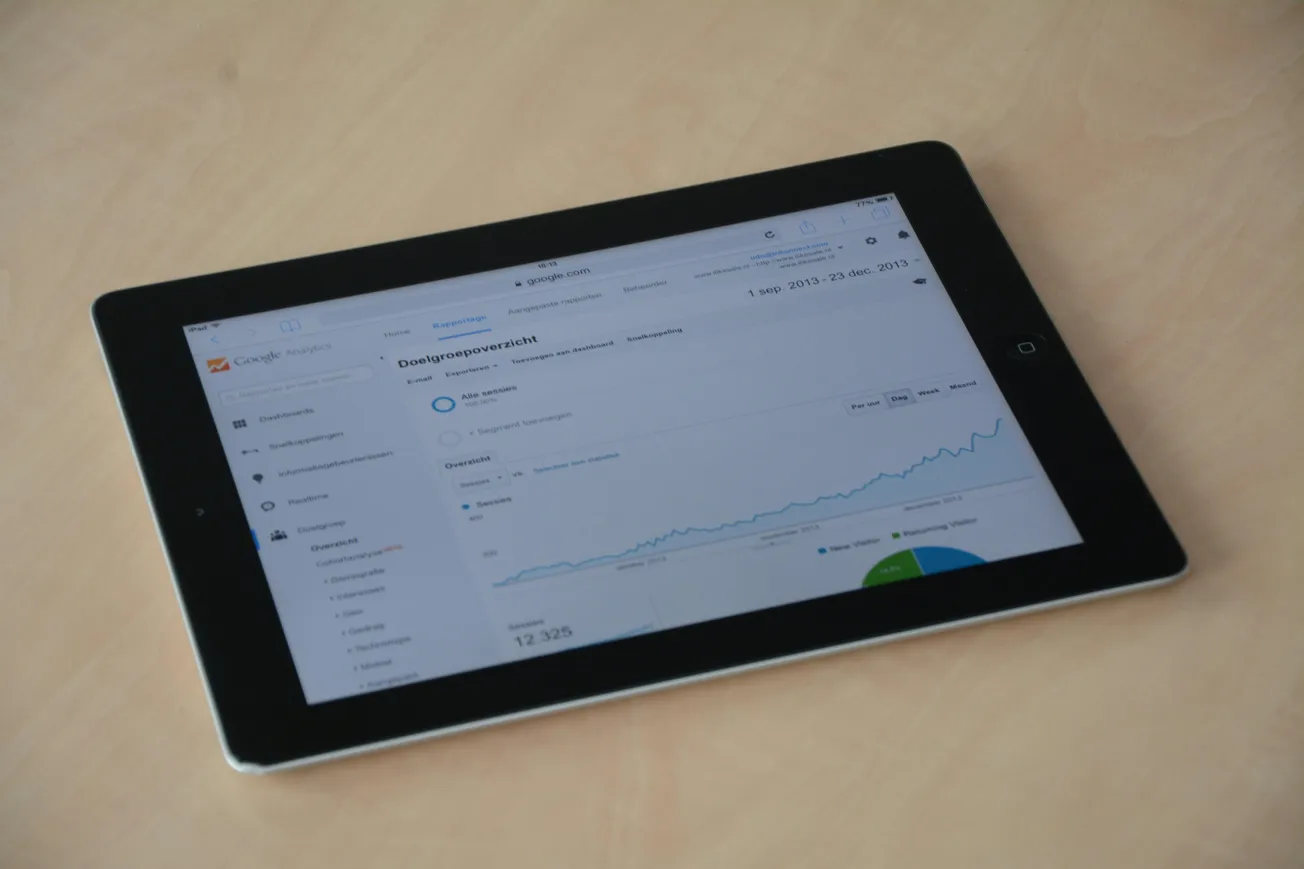Large language models (LLMs) like ChatGPT, Claude, Gemini, and Perplexity are changing how users discover and access web content—often without traditional search engines.
As these AI platforms become everyday entry points for information, retailers, publishers, and marketers must understand how to identify and track traffic originating from LLMs in their analytics tools.
Why LLM Traffic Matters
Unlike search engines, which rely on indexed pages and keyword-driven behavior, LLMs deliver direct answers based on vast training data—and increasingly include citations and clickable sources.
When users click through from these conversational tools, they behave like any other site visitor—but often appear in analytics as “Direct” or “Referral” traffic, making it difficult to segment and understand performance.
Understanding LLM-driven sessions helps you:
- Identify high-performing content that’s being surfaced by AI tools
- Evaluate engagement and conversion behavior from this new traffic stream
- Optimize content for future AI visibility and referral
How to Identify LLM Traffic
1. Build a Domain Reference List
Start by cataloging known LLM domains and referrers such as:
chat.openai.comgemini.google.comclaude.aiyou.comperplexity.ai
2. Segment in Your Analytics Tool
Whether using Google Analytics 4, Adobe Analytics, Matomo, or another platform:
- Create a custom segment or channel for LLM traffic using regex or domain filters.
- Track metrics like sessions, bounce rate, engaged sessions, and goal completions.
3. Set Up Custom Event Tracking
For brands using chatbots or embedded AI tools on their site, tag events like prompt activations or AI-generated answers using a tag manager or JavaScript-based event listeners.
LLM Traffic Beyond Web Analytics
Consider complementing your analytics with:
- Log file analysis to detect bot traffic or atypical referral patterns
- CRM or CDP data to connect LLM-driven sessions to downstream conversion or retention
- BI tools like Looker, Power BI, or Tableau to visualize LLM trends across properties
Optimization Opportunities
Once you’re tracking LLM traffic, review which pages are driving clicks and how users behave. High exit rates may signal the need for richer or more structured content.
Conversely, pages with high engagement from LLM referrals may offer insight into how AI interprets your content—and how to better align it with structured data, FAQs, or semantic depth.







